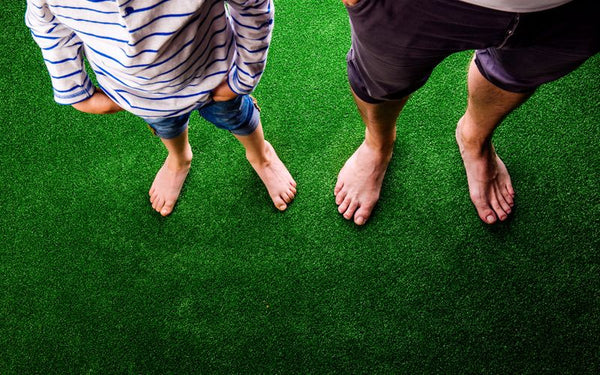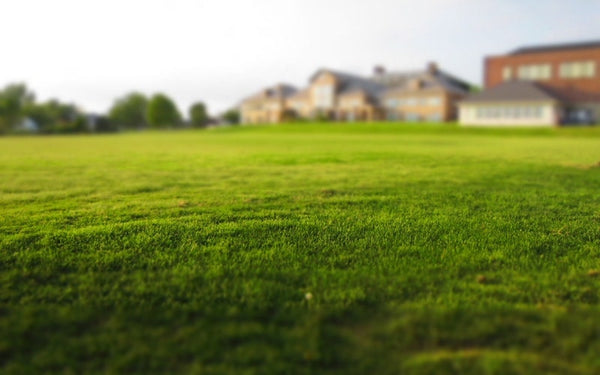Choosing the right turf for your home can be made easier if you do a synthetic turf compare and contrast. Doing so can narrow down your options among the outstanding artificial turf varieties, and from there you can choose the perfect turf for your home.
There are different types of turf fields to choose from, and each one of them has its own unique qualities. This is why you should carefully analyze each one of them to find the one that perfectly suits your home, your needs, and your budget. You have to consider every single detail to properly do a synthetic turf compare and contrast.
Here are the three types of turf fields and their qualities, so that you may start synthetic turf compare and contrast.
- Polypropylene
This is the least expensive artificial turf, which makes it the most purchased turf by homeowners. Unfortunately, Polypropylene is also the least durable and least resilient. It has a low melting point and wears out easily than other turf products. This type of turf field is usually ideal for indoor use so damage is only minimal.
- Polyethylene
This type of turf is known for its soft texture and life-like features. Polyethylene is the recommended artificial grass for landscaping, soccer fields, and football fields. High-quality polyethylene turf might also be good for your home’s lawn. This is because polyethylene looks and feels just like real grass, but without the latter’s high cost and high maintenance.
This is usually the first choice of most homeowners when selecting turf for their lawn. If polyethylene is taken care of, it might last up to 8 years before you need to replace it.
- Nylon
This is the strongest artificial turf available on the market, but it is also the most expensive. Nylon can endure extreme foot traffic and still keep its original shape. It can also endure extremely high temperatures without melting.
The downside of nylon is that it may look like natural grass, but it is not as soft as a natural lawn. However, it is not often used for landscaping because it is very stiff and consumers also consider the synthetic turf cost before purchasing one.
It is also recommended that you read synthetic turf reviews so that you can properly do a synthetic turf compare and contrast.
However, even if you choose the least durable or most durable one, every kind of turf is still prone to damages. Sunlight that is reflected from energy-efficient windows can melt and damage your turf if not addressed properly.
If you have already installed or are still planning to install artificial grass, it is best to have some window film installed in your home too. Window films refract light and evenly spreads the heat in the area, thus preventing your turf from melting.
You can also check this video on YouTube to know more about synthetic grass melting.










